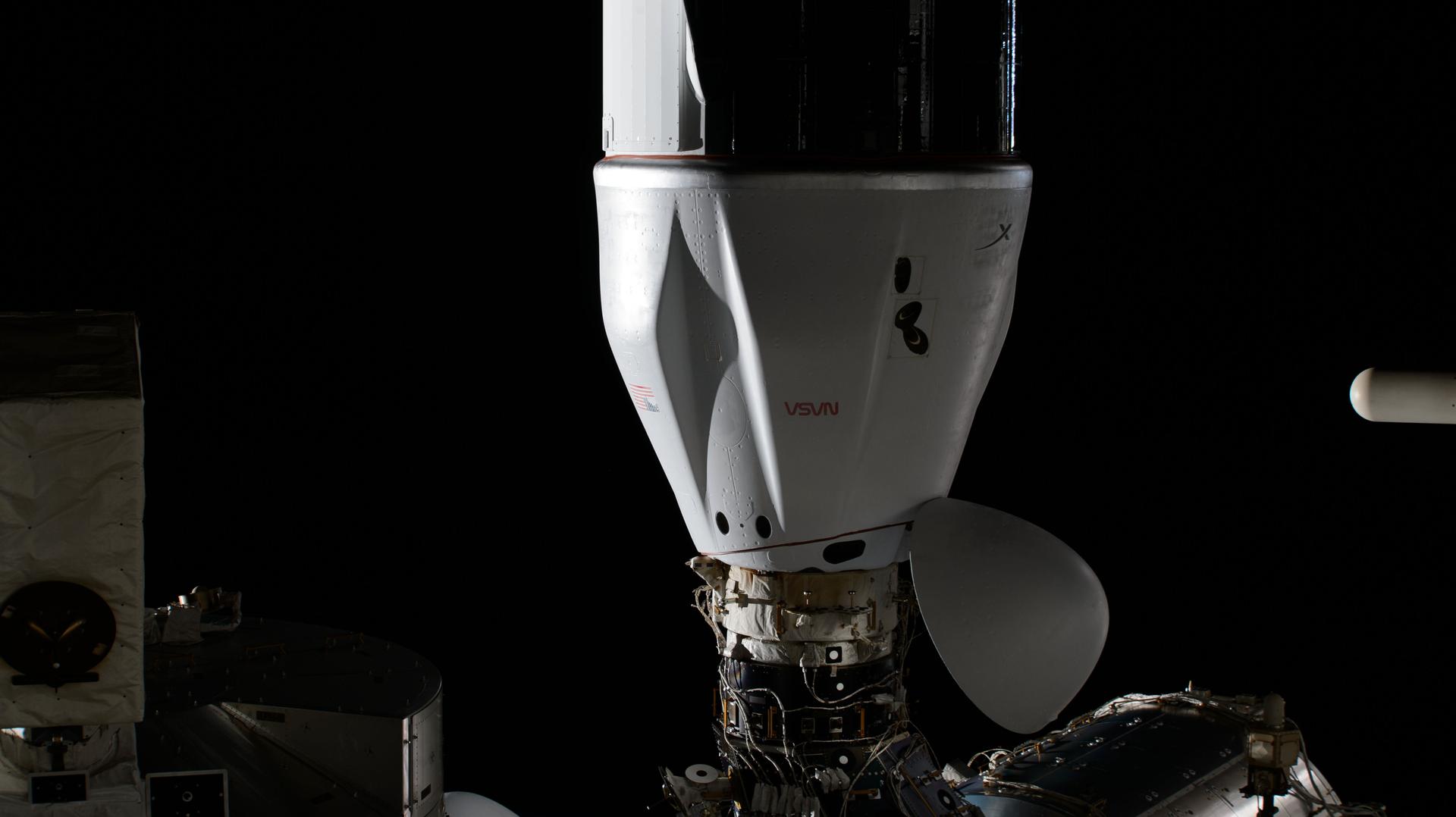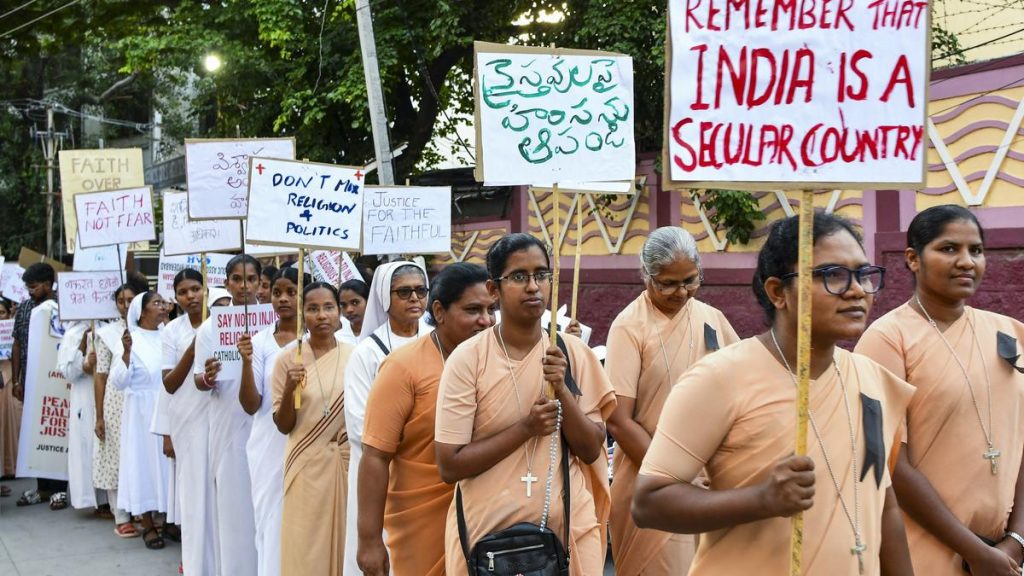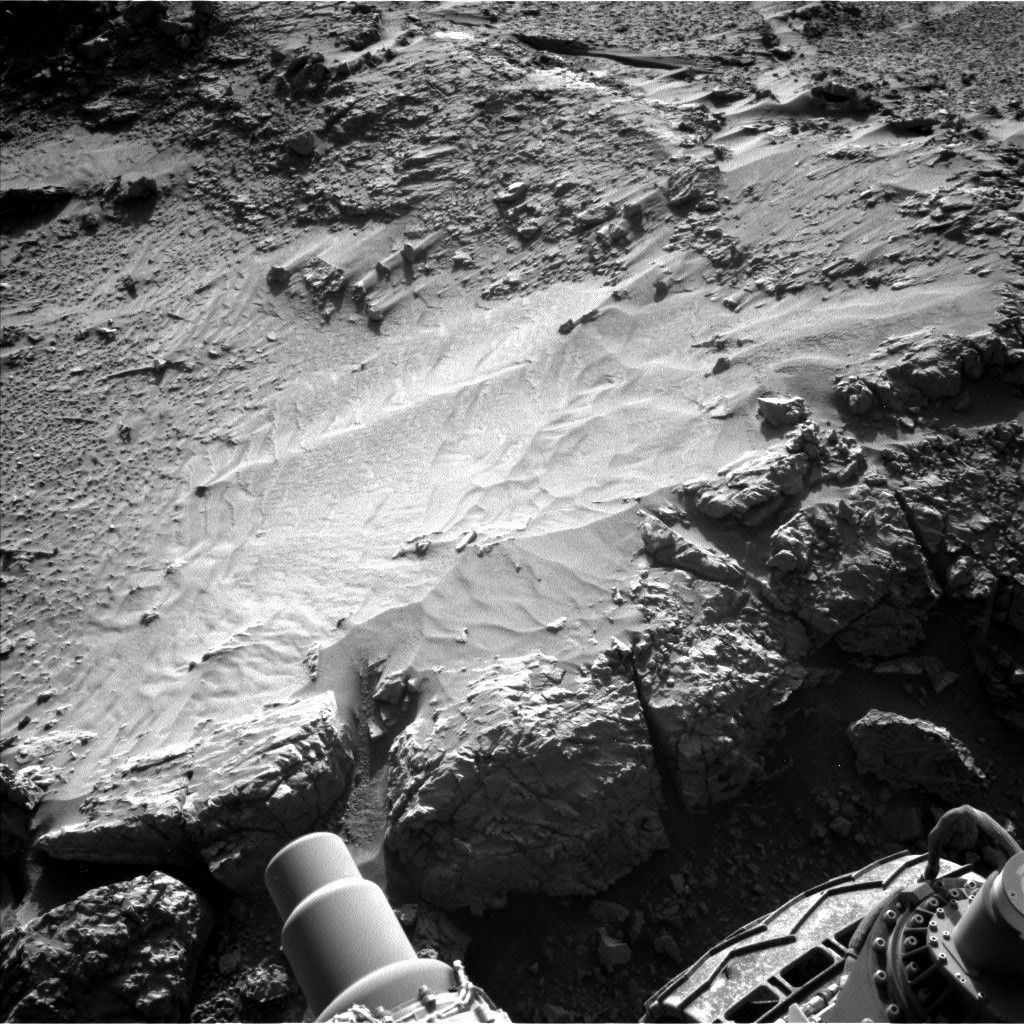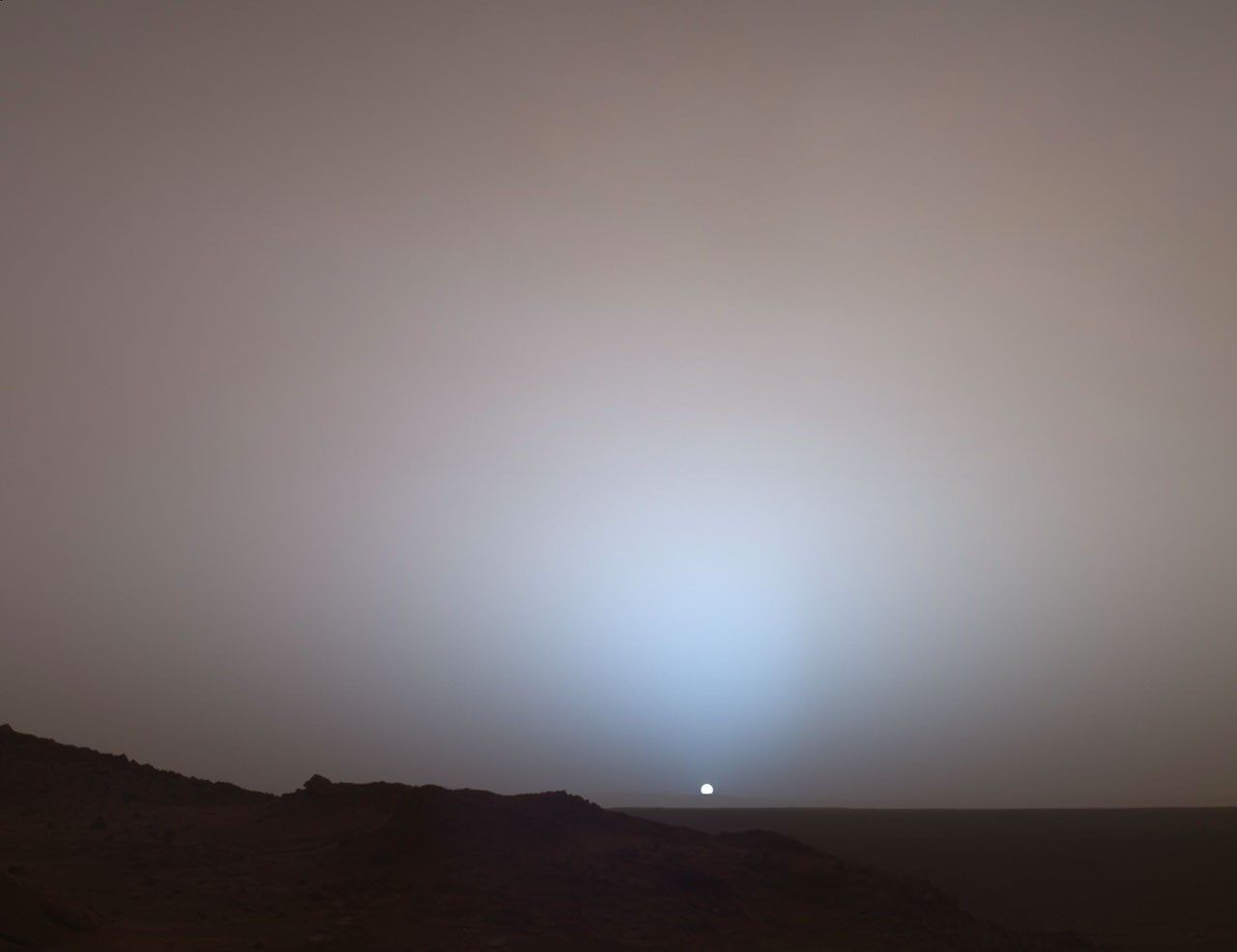Now Reading: NASA Announces Coverage for SpaceX’s 32nd Resupply Mission Departure
-
01
NASA Announces Coverage for SpaceX’s 32nd Resupply Mission Departure
NASA Announces Coverage for SpaceX’s 32nd Resupply Mission Departure

Fast Summary:
- Event: A spacex dragon spacecraft will depart the International Space Station (ISS) on Thursday, May 22, carrying scientific research samples and hardware back to Earth.
- Broadcast: NASA’s live coverage of undocking begins at 11:45 a.m. EDT via NASA+. No livestream is available for the Friday splashdown.
- departure Details: The spacecraft will undock from ISS’s Harmony module and fire thrusters to safely move away before re-entering Earth’s atmosphere. Splashdown off California’s coast is scheduled for Friday,May 23.
- Payload Details:
– Nearly 6,700 pounds of supplies and scientific investigations onboard.
– Returning research includes:
– MISSE-20 materials tested for radiation shielding,solar sails,ceramic composites,etc., aiding advancements in space material durability.
– Astrobee robots used in REACCH trials demonstrated grasping/debris relocation capabilities for satellite servicing/debris removal purposes in orbit.
– OPTICA technology advances hyperspectral imagery compression/transmission efficiency for disaster response applications on Earth.
– Story time from Space books/videos designed to inspire STEM education globally through astronauts’ readings and experiments conducted aboard ISS.
- Research Context: Data collected supports future human spaceflight initiatives such as NASA’s Artemis campaign (Moon missions) while driving commercial advancement in low Earth orbit.
Image references are not included in this write-up as they were not provided within the raw text.
Indian Opinion Analysis:
The return of SpaceX dragon spacecraft carrying critical research marks another accomplishment of multinational collaboration aboard the International Space Station. from showcasing innovative technologies like Astrobee robots aiding orbital debris removal to OPTICA advancements improving satellite imaging transmission efficiency-these studies carry notable implications even beyond space exploration. For India-a country with ambitious plans like Gaganyaan-the insights gained could be applied toward satellite servicing solutions or optimizing payload designs benefitting its own burgeoning space program. Furthermore, emphasis on STEM education using efforts like “Story Time from Space” provides valuable inspiration that resonates well with India’s focus on educational empowerment via science & technology.
Continued participation in such global projects enables India access to enhanced knowledge-sharing opportunities critical for advancing domestic capabilities while contributing meaningfully to international progress toward sustainability both on Earth and beyond.























